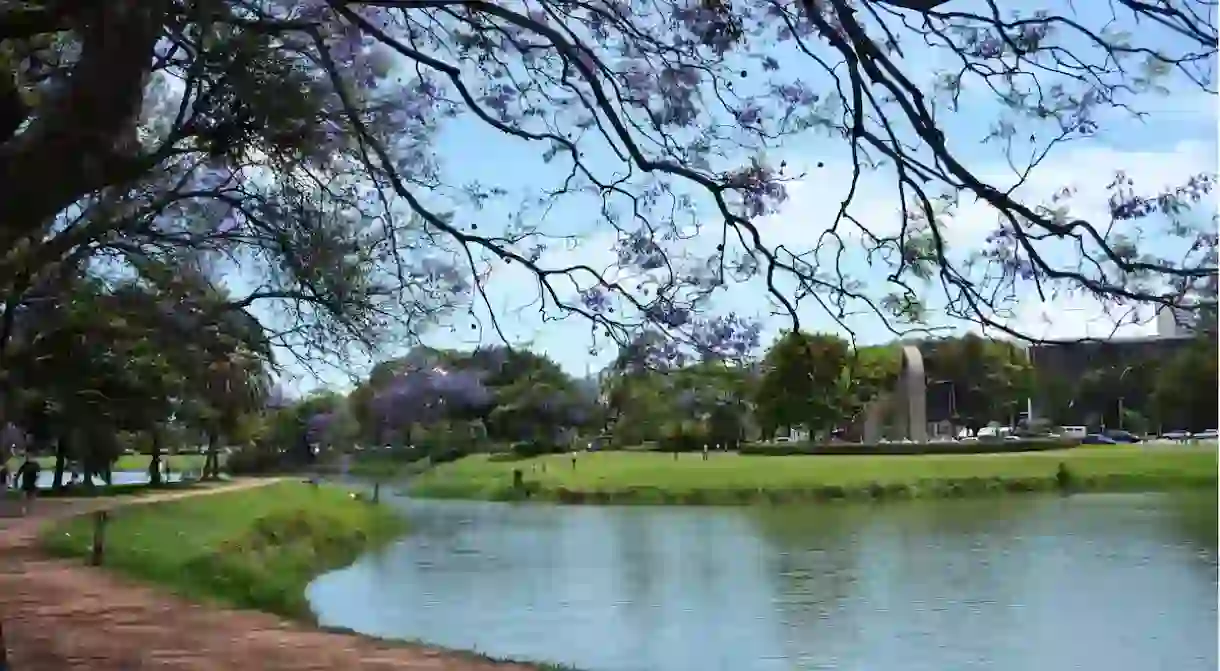A Brief History of Ibirapuera Park

Regarded among the world’s best urban parks, São Paulo’s Ibirapuera Park is an idyllic space of peace and quiet in the middle of the hustle and bustle of this cosmopolitan megacity. With impressive architecture and gorgeous landscaping, Ibirapuera is a must-see for any tourist to the city, whether it be to visit its many museums or take a relaxing bike ride around its lakes. Here is a brief history of São Paulo’s most famous park.
At the start of the 20th century, with São Paulo booming and expanding at a dramatic pace, the local government expressed their interest in building an urban park in the city, something to rival New York’s Central Park or London’s Hyde Park. The only vacant space suitable for a project of this size was the floodplain of Ibirapuera to the south of the city center, which was an indigenous village in the 19th century (the word ibirapuera means “decayed tree” in the Tupi-Guaraní language).

The project for Ibirapuera Park was eventually shelved in the 1920s, due to the land being too marshy to build upon. The municipal government instead planted hundreds of eucalyptus trees on the floodplain, with a view to draining the soil for a future urban park.
Decades later, the Ibirapuera Park project came back on the city’s agenda. With São Paulo’s 400th anniversary in sight, a group of modernist designers was formed in 1951 to finally make this old dream a reality. The world-famous Oscar Niemeyer was put in charge of the park’s architecture project, while the equally renowned designer Roberto Burle Marx took care of the park’s landscaping plan. However, contrary to popular belief, Burle Marx’s project was never carried out, being replaced by that of the lesser-known Otávio Augusto Teixeira Mendes, who is rarely credited with designing the park.

Ibirapuera Park was designed with an area of 158 hectares, including a number of exotic tree species and two vast artificial lakes (pictured above). Today, the park is home to around 120 species of birds, including uncommon varieties such as cardinals, masked water tyrants, and the rufous-bellied thrush (the national bird of Brazil). Today, visitors can take part in guided birdwatching tours in the park.
As Ibirapuera Park is a man-made urban park, everything in its design was meticulously planned, meaning its architecture is extremely important. Oscar Niemeyer thought up an impressive array of modernist structures, each one as beautiful and intricate as the last. Arguably the standout building is the Ciccillo Matarazzo Pavillion, which since 1957 has hosted the São Paulo Art Biennial, one of the oldest art biennials in the world. There is also the Manuel da Nóbrega Pavillion, a gorgeous structure housing the fascinating Afro Brasil Museum.














